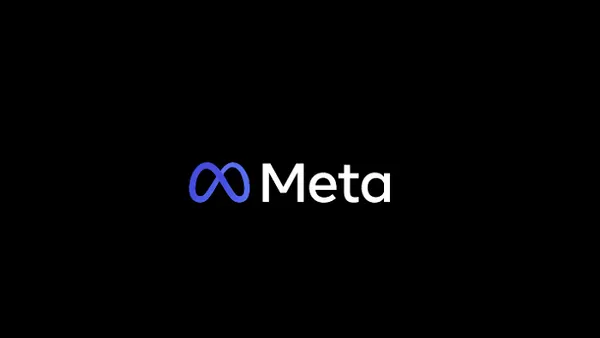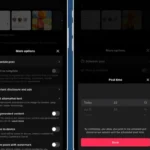In a strategic move to align with emerging safety regulations, Meta is expanding its video selfie age verification system across more regions and services. This method aims to protect underage users on platforms like Facebook and Instagram while ensuring legal compliance in key markets worldwide.
Why Meta Is Enhancing Age Verification
Governments are enforcing stricter rules to protect minors online. Countries like the UK, France, Denmark, and Australia now require digital platforms to confirm users’ ages before granting access to age-sensitive content.
To comply, Meta introduced age verification for users attempting to modify their birth date to indicate they are over 18. Initially limited, this feature is now being scaled globally.
How the Video Selfie Age Verification Works
Meta offers two verification options:
- Upload a government-issued ID.
- Submit a brief video selfie.
When users choose the selfie method, a third-party company called Yoti estimates the user’s age using facial analysis. Meta assures users that no biometric data is stored and that the selfie is deleted after verification.

This technology is privacy-focused. It avoids traditional methods like storing IDs while ensuring that users are genuinely old enough to access adult content.
Global Push for Age-Appropriate Online Experiences
The expansion is not just a corporate initiative—it responds to increasing legal pressure. The UK’s Online Safety Act and other laws require platforms to prevent minors from accessing mature content.
In fact, Australia has already begun trials using age-estimation tech, including tools like Yoti. France and Greece are also urging platforms to adopt more robust methods to validate users’ ages.
Meta supports introducing a standardized Digital Age of Majority across the EU, ideally between 15 and 16 years. This would simplify compliance and create a unified framework across member nations.
What This Means for Users and Developers
For the average user, the process is simple and fast. If a birthday is changed to an age over 18, Meta will request verification. The video selfie age verification tool is designed to complete this task in under 30 seconds.
This change not only helps protect minors but also builds a safer ecosystem. Developers integrating Facebook or Instagram features will need to ensure their systems respect this new age-verification flow.
Challenges and Privacy Concerns
Despite its benefits, this approach raises some concerns:
- Accessibility: Not all users own a smartphone or have access to high-quality cameras.
- Bias: Facial recognition tools have historically shown inconsistencies across different demographics.
- Alternatives: Some users may hesitate to share even temporary selfies due to privacy fears.
Meta addresses these concerns by:
- Partnering with privacy-respecting firms like Yoti
- Allowing ID uploads as an alternative
- Being transparent about how data is processed and deleted
Competitive Implications for the Social Media Industry
Meta’s rollout may influence other platforms. If this method becomes the compliance gold standard, apps like Snapchat, TikTok, and X (formerly Twitter) may have to implement similar checks.
As more nations enforce age-check rules, platforms that don’t adopt robust systems may face heavy fines or be banned from operating in certain regions.
Legal Trends: What’s Happening Globally
Countries and states are fast-tracking regulations. For instance:
- Australia is testing age verification for teens across multiple platforms.
- France is exploring biometric verification to keep underage users off social media.
- U.S. states like Nebraska and Utah have passed laws requiring social platforms to implement verifiable age checks for minors.
These legislative efforts share a common theme—platform accountability for protecting young users.
What’s Next for Meta?
Meta is likely to continue investing in secure, scalable age-verification technologies. The goal is to find a balance between user experience, regulatory compliance, and data privacy.
As legal frameworks evolve, Meta’s video selfie model could become the benchmark for other tech firms.
Final Thoughts
Meta’s video selfie age verification system is more than a technical upgrade—it’s a proactive step toward creating a safer digital space for young users. By expanding this feature, Meta demonstrates readiness to meet legal demands and lead the industry in responsible innovation.
This initiative also opens up critical discussions about digital rights, user consent, and platform responsibility—topics that will shape the next generation of online safety standards.



